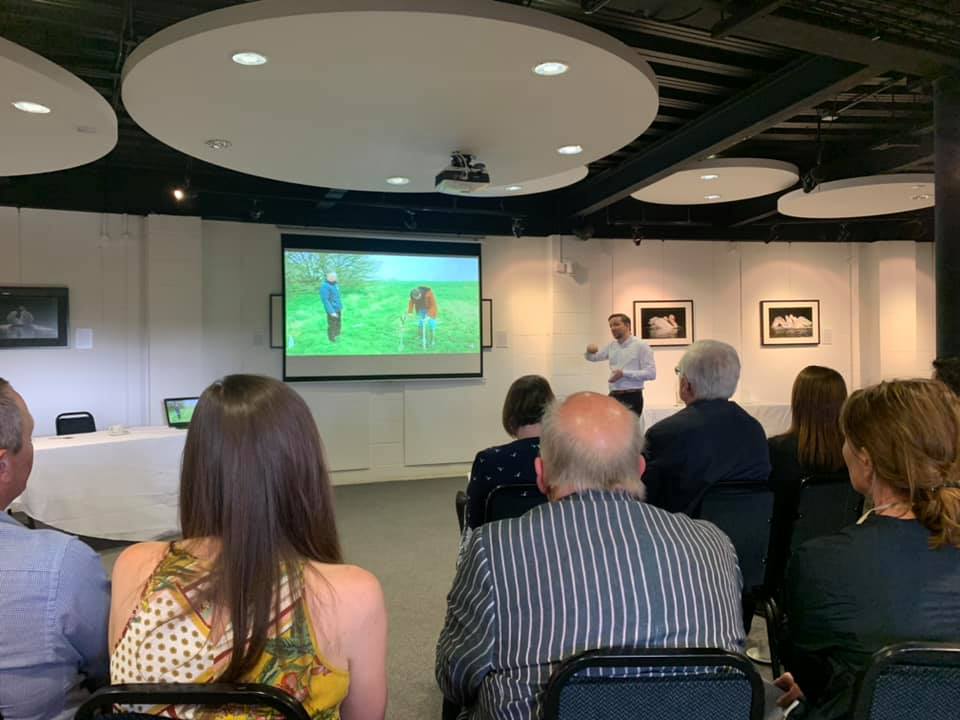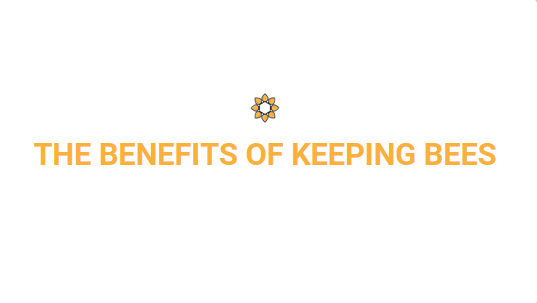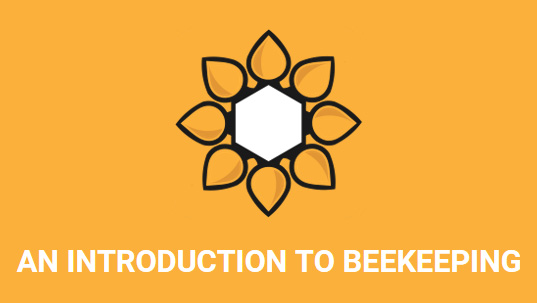
It probably comes as no surprise that beekeepers love to talk about bees, our passion for the craft is often palpable, even when speaking of the simplest matters. For many, there is the opportunity to turn that passion into a means to debate and teach and this often takes the form of beekeeping presentations. Talks are directed at community groups, beekeeping associations, and even professionals looking to build on what they know and learn more. In the quieter Autumn and Winter months, there’s the potential for an additional income stream so there’s no wonder that bee farmers are keen to engage in this way.
With all that said, we’re beekeepers, not professional speakers so today’s blog post will cover some important aspects of the slide show and beekeeping presentation, some dos and don’ts, that will get you started on a stronger footing. You will deliver your talk more concisely, help build your reputation and assist you in getting invited back to continue your talks. Today is presentational basics, 10 ways to master your beekeeping presentations.
There is always a conflict of interest within any presentation and that contention is usually between the person speaking and the slides themselves, all too frequently they never seem comfortable in each other’s company. The result of this is that the audience doesn’t really know where to focus, they walk away from the talk having taken in a fraction of what you intended. So is the importance of establishing good focus for your listeners.
Whenever you prepare for your next talk it’s this overriding point that needs to stay front and centre. Targeted Focus. You’re in control of how you direct your audience and these points will help you in making that happen, improving your delivery and ensuring that the audience takes away something of value by avoiding distraction.
Handouts are not uncommon at beekeeping presentations but they should be used cautiously and sparingly. Whilst they are a great way to support your topic and provide something for the listener to take home, there is the very real danger that they will distract your audience throughout your talk time and effectively have the complete opposite effect of what you intended. Any handout should be either brief in its content, support engagement at a specific point in your talk, or simply be given out at the end when you’re done to help keep you and your topic in people’s minds.
There are not many fans of this point but it’s genuinely important. This is not me telling you that your slides should be dark and dingy, quite the opposite. What you need to be avoiding is excessive white space in the background with dark text in the foreground. The high contract is not easy on the eye!
This point is worth noting because it’s often the starting point of most slideshow creations and the software itself is largely to blame, the out of the box templates are, you guessed it, white backgrounds with black text.
The example below demonstrates on a small scale how working with contrast can look, the first slide at presentation size is bright and hard on the eyes whereas in the second we’ve softened this using our themed colours.


For all its simplicity in getting started, beekeeping can turn into an incredibly complex subject so for one giving any talk it’s important not to get too carried away, particularly with respect to a single slide. The mistake often occurs when the speaker puts up two similar points, one that rolls quite nicely into the next but even then they need to be separated onto their own slides and discussed independently so as not to lose your audience’s attention. One message per slide.
Slideshow software is feature-rich but rarely do speakers make use of some of the most basic yet important features. Regardless of the software used, they all give the ability to create focus and size as you step through the one slide allowing you to draw attention to specific points as you go. This is without any doubt one of the most overlooked benefits for you to draw attention to specific points whilst fading out the others. In a bulleted list for example you can dim all points bar the one you’re speaking about, helping to draw in your audience in. Steer through sizing and focus.
Never put yourself in a situation where you entice the audience to read lots of text whilst you’re speaking, your audience cannot do both so avoid it at all costs. Often there is much to explain and as speakers, we’ll paste up paragraphs of text but we tend to do this for ourselves. To give us something to read to help guide us through our talk seems perfectly reasonable but I’m afraid I’m here to tell you that it’s not. It’s bad practice.
You should know the subject and the material well enough and then have practised well enough to not need a word-for-word read-through. We’re not after achieving Toastmaster of the year you understand but to be effective at public speaking you’ll need to have some basic skills to help you master and remember what you want to say. Even if it’s only basic notes on Flashcards, this is far far better than reading directly off your slide. Slides are there to support, not carry!
Human brains are particularly fallible devices with limited processing power which must be completely respected, burning out brains with a 20-point bulleted list just isn’t going to work for you. Bulleted lists must be kept to a maximum of 6 points. Images, no more than 6. Or perhaps 3 bullet points with 3 associated images are working perfectly in the boundaries of this rule. Go easy on the audience and stick to the rule of six.
For reasons that define all logic it used to be fashionable to number your slides, I’m not sure why, perhaps it was handed down from boardroom execs who would flex based on the number of slides you had, the more the better? Whatever you do, don’t do this. If you sit down ready for a talk and see 1 of slide 99 you instantly put everyone into a panic, you instinctively know this so don’t force fear into your audience.
Remove the numbering and then work on slimming down your slides to the fewest possible number, there’s no competition here. As a speaker, we should be solely focused on a singular topic within the field with a specific message and this naturally lends to a more refined slide show design. Remove the numbering.
This seems somewhat obvious but it’s more challenging than you might expect. I’m particularly bad for this and combined with my softly spoken voice I can lose the room as my voice all but disappears into the back. Directing your voice in the wrong direction is a big no.
This issue typically occurs through lack of practice, lack of confidence, not knowing the next slide or worse, reading off the slide that you’ve written as we mentioned above. Face forward and project your voice. Finding your voice and understanding how far you can carry it will only come with practice but for those with larger audiences then technical support from technical microphones and speakers might be the way to go, especially if you plan on doing a lot of live audiences.
Presenting and doing talks is a skill in and of itself and one that other beekeepers highly praise and value from their peers, we love to hear how others are doing their beekeeping or their queen rearing, their harvesting or business. Because if there’s one thing in beekeeping that we all share it’s the desire to learn more.
Here we’ve covered some points to help you win at beekeeping presentations but they are no substitute for the actual experience of giving a talk. It’s scary for a lot of us but even with minimal experience, we have our own unique perspectives and ideas that others really do want to hear.
With a little experience, we have another potential income stream, it might not be much to start, £20 here and there but as your experience and presentation repertoire grows, so will your value. Some extra cash made through the quieter months is not to be scoffed at!